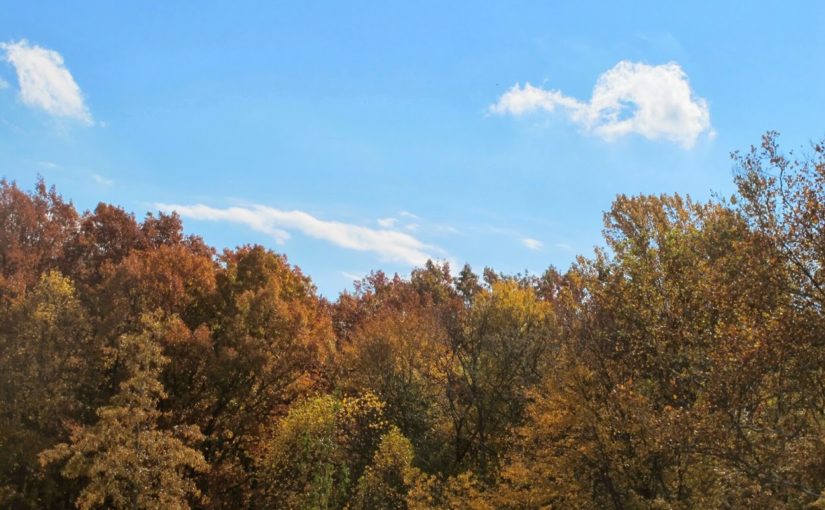Discovering the Reasons for the Seasons – Science Activity
September is a great month to start discussing the seasons! The Fall Equinox is fast approaching and I have a great indoor activity to complement my title, Why Are There Seasons?, to help kids discover why we have seasons. Using a globe and flashlight to simulate the Earth and the Sun, kids can see how the shadows of a figurine change in Winter, Summer, & Spring/Fall – the effects of the seasons!
All you need to do this fun experiment are the following materials:
- Globe
- Putty
- Lego figurine
- Flashlight
- Stack of books
- Flexible tape measure
- Optional – piece of white card stock
If you don’t have a globe at home, you can use any ball by marking the tilt of the Earth, which is 23.5 degrees. Marking the tilt will help kids see physically how the Earth is oriented compared to the Sun for each season.
Set up:
- Take a look at the globe, notice that it is tilted.

2. Find the United States, then find your state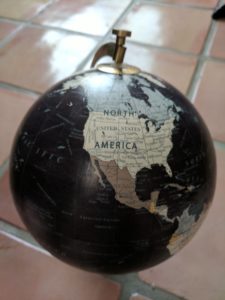
- Place a bit of putty on the bottom of the figurine and place it standing on top of your location.
- Using a stack of books, place the flashlight on top so that it is shining on the middle of the globe.
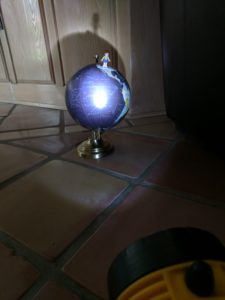
Main Activity
Winter
- Spin the globe so that its tilt points away from the flashlight and the figurine is facing the flashlight. (You may have to position the globe and then spin it to orient the figurine.)
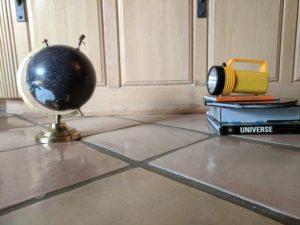
- Notice the figurine’s shadow. Is it long or short?
Using the flexible tape measure, find the length of the shadow. (You can use a piece of card stock to illuminate the shadow better.)
Summer
- Place the globe so that its tilt is toward the flashlight. Make sure the figurine is facing the flashlight, too.
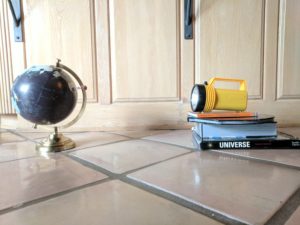
- Notice the figurine’s shadow. Is it long or short?
Using the flexible tape measure, find the length of the shadow. How does this measurement compare to that in Winter?
Spring/Fall
- Place the globe so that its tilt is perpendicular to the flashlight. The figurine should again be facing the flashlight.

- Notice the figurine’s shadow. Using the flexible tape measure, find the length of the shadow. How does this measurement compare to that in Winter? Summer?
Follow Up
The following are some optional questions to discuss
- From your experience, which season is the coldest? Warmest?
- From your measurements, which season has the longest shadows? Shortest?
- How does the tilt of the globe affect the length of the figurine’s shadows? (Think about how the length of the shadows would change if the globe had no tilt or a more extreme tilt.)
- What causes the seasons?
- Using your knowledge gained in this exercise, describe how you think shadows of real objects outside will change throughout the year?
I hope your kids have as much fun as mine did playing with the seasons; seeing the change in the figurine’s shadow was very exciting. If you enjoyed this activity, please check out my book Why Are There Seasons?!
Clear Skies!
~Misty Carty, Ph.D.
Attribution-NonCommercial-NoDerivatives 4.0 International (CC BY-NC-ND 4.0)
